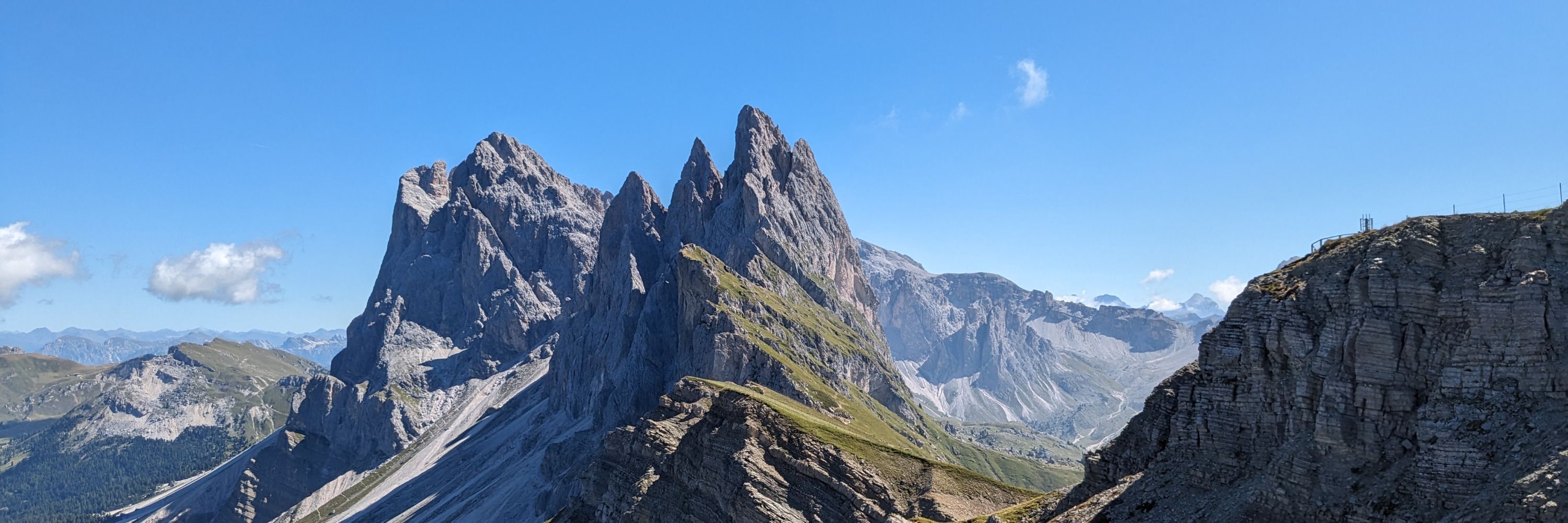Bernardo de Souza
@bernadsz.bsky.social
1.1K followers
790 following
170 posts
Nature lover. Curious turned scientist. Part of the ORCA development team. Now bringing Quantum Theory and Molecular Physics to the real world at @faccts-orca.bsky.social
https://scholar.google.com.br/citations?user=U6szjgMAAAAJ&hl=pt-BR
Posts
Media
Videos
Starter Packs
Pinned
Bernardo de Souza
@bernadsz.bsky.social
· Nov 16
Reposted by Bernardo de Souza
Reposted by Bernardo de Souza
Reposted by Bernardo de Souza
Reposted by Bernardo de Souza
Reposted by Bernardo de Souza
FACCTs
@faccts.de
· Aug 25

A Two-Level Preconditioner for the CASSCF Linear-Response Equations
We present an efficient two-level strategy to accelerate the solution of the CASSCF linear-response eigenvalue problem using a customized Davidson algorithm. By identifying a subset of important response-vector components─the so-called P space─we compute and diagonalize full Hessian and metric matrix elements while treating the remaining Q-space components with a diagonal approximation. This approach decouples the orbital and configuration responses, enabling independent preconditioning of each component. Computational cost is further reduced through the resolution-of-the-identity approximation. We demonstrate significant performance gains across a diverse set of molecules, achieving speedups of up to 2.05 compared to the standard diagonal preconditioning. The largest efficiency gains are observed for MCTDA calculations involving many excited states and relatively small response-vector lengths. The two-level strategy is available in ORCA 6.1 and paves the way for extensions to dynamic polarizabilities, which require solving large-scale linear equations, as well as to time-dependent density functional theory and CI singles.
doi.org
Reposted by Bernardo de Souza
FACCTs
@faccts.de
· Aug 19

Pericyclic Umpolung in a Catalytic Asymmetric Diels–Alder Reaction of Tropone with Enol Ethers
One remarkable feature of catalysis in chemical synthesis is its capacity to override substrate-imposed reactivity and selectivity. The inversion of normal reaction patterns, commonly known as Umpolun...
doi.org
Bernardo de Souza
@bernadsz.bsky.social
· Aug 16
Reposted by Bernardo de Souza
Bernardo de Souza
@bernadsz.bsky.social
· Aug 16
Bernardo de Souza
@bernadsz.bsky.social
· Aug 15
Bernardo de Souza
@bernadsz.bsky.social
· Aug 15
Bernardo de Souza
@bernadsz.bsky.social
· Aug 15
Reposted by Bernardo de Souza
FACCTs
@faccts.de
· Aug 4

Excited-state methods based on state-averaged long-range CASSCF short-range DFT
In the present work we propose two distinct state-averaging (SA)-based methodologies for the calculation of excited states, in conjunction with the long-range complete active space self-consistent fie...
doi.org





